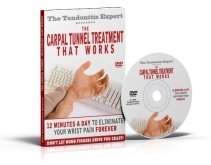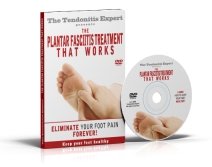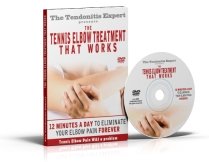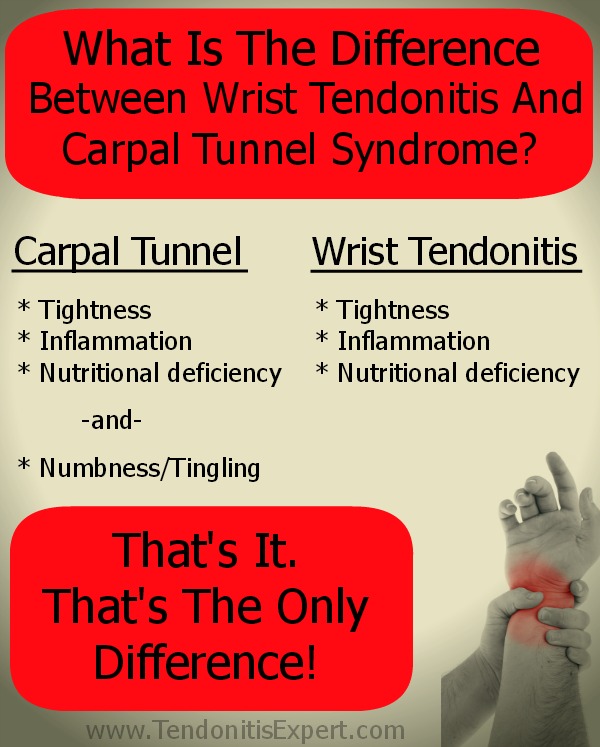Patellar Tendonitis in 17 year old basketball player
by Al
(Canada)
Hi. I am a 17 year old basketball player who has patellar tendonitis in both of my knees.
It all started about 4 months ago. However, I didn't think anything of it because I could still run jump and play without any pain.
The only pain would be when I pressed on my kneecap really hard.
I continued training throughout the summer because I didn't feel barely any pain, hoping it will go away but it hasn't.
The pain hasn't gotten much worse since then but my knees just get kind of sore during the workout or practice and I can feel the pain when I press hard after the workout.
I always ice my knees after practice and do massaging. Also, when I bend my knees or put my fingers on it, I feel a creaking movement. I don't hear an actual noise, but I can feel something, sometimes. I don't know what this means though.
A few weeks ago when I practiced, I was dunking and jumping and running but I didn't feel anything. There's times when there's absolutely no pain and there are times when there is some pain, but usually just soreness.
I am now on day 12 of resting my knees, where I am massaging, icing and stretching every day and doing nothing else.
I am looking to get back to playing next week. However, I am nervous if the pain comes back and is just like before, so basically I would have wasted 2 in a half weeks doing nothing, and my knees would make no progress.
Do you think I should incorporate any lunges, no-weight squats and other exercises that place pressure on my knees while I am resting or strictly stretching,ice and massaging?
I heard one-legged squats are good but if I am resting my knees , whats the point of doing those types of exercises that place pressure on my already-damaged knees.
Do you think that you can help me out in any way?
Also, when I get back to playing, should I incorporate weight training on my legs? I lifted weights over the summer but not my legs because I thought that it would damage it more.
If it persists when I start playing, should I keep playing? I am really dedicated to basketball and I have worked too hard and I am a good player and I am in my last year of high school so I want to get noticed by some schools and play on in university but these injuries are nagging me and will only get worse if I keep playing, but I have to keep playing because basketball is my passion and I don't know what else to do if complete rest won't get rid of the pain.
It is very frustrating not being able to run and practice with your team while everybody else is, knowing you will keep getting behind as each day passes.
Please respond if you can I need a lot of advice.
----
Joshua Answers:
Hi Al.
Lots of great questions, I love it!
Ok.
1. My main suggestion is to get this ebook is about hip tightness and muscle balance and how it relates with patellar tendonitis.
Bart's a great athletic trainer, and I like and trust his info.
2. Related to that, you keep saying 'injury'. You're not injured. You're feeling symptoms.
Muscles too tight, hips and legs unbalanced so load isn't landing as it ideally should, nervous system getting more and more worried.
Change the balance and that pain can go away FAST.
Maybe you have some actual Patellar Tendonitis, but probably you just have a Tendonitis -dynamic-, which means there's mechanism but no actual damage.
Any time your body feels pain (even if YOU don't feel it) it kicks in a Process of Inflammation. And thus you start to feel Symptoms of Tendonitis.
3. Creaking. Part of that is from too tight structures. When I was in 10th grade, playing football, my knees hurt and literally squeaked. An acupuncturist my mom took me to told me to rub peanut oil on them and let it soak in.
I thought it was dumb, but did it anyway, and I'll be darned but the squeak went away after slathering peanut oil on my knees twice. Crazy.
Go get some peanut oil.
4. Sometimes pain, sometimes no pain. You body is always compensating and adapting. It's job is to take care of you and make things right.
Sometimes it wins, sometimes it loses.
5. 2 weeks resting, and self care. Great! Is it a waste of time if you get back to playing? It's all a learning experience Al. You have a career ahead of you, and a lifetime on your knees after that.
It's worth it to experiment and learn what works, and what doesn't.
2 weeks of icing and massage and stretching certainly can't hurt anything, and it absolutely does make the ecology healthier.
6. Weights and exercise that puts pressure on the knees. Pressure isn't the issue.
Poor body mechanics is the issue.
7. Should you do weight bearing exercise? Absolutely. Muscles do the work. And muscles are shock absorbers. If you want to keep pressure off your knee joint, then keep your muscles strong.
Having said that, it's important to keep your muscles and connective tissue loose.
Probably if you do a squat, your knees go over your toes. Tight soleus, tight hamstrings.
8. Yes, you can play with pain. IF you know good self care. Icing, self massage. Again, you likely don't have damage, you have IRRITATION. You can learn to limit and decrease irritation.
Get Barton's ebook, do what it says. Then get back to me.
Also, more questions, more answers.
----------------------
Please reply using the comment link below. Do not submit a new submission to answer/reply, it's too hard for me to find where it's supposed to go.
And, comments have a 3,000 character limit so you may have to comment twice.
-----------------------

Joshua Tucker, B.A., C.M.T.
The Tendonitis Expert
www.TendonitisExpert.com
- Home
Tendonitis
Still Tendonitis
Related Reversible Problems
Site Pages
-
Sep 01, 25 04:38 PM
If you have Wrist Tendonitis you may/may not have Carpal Tunnel Syndrome. They aren't the same thing. Tendonitis of the wrist tendons is reversable and fixable.
Read More
-
Aug 29, 25 06:28 PM
Dequervains Tendonitis is a fancy term for Tendonitis of the Thumb. It is NOT a disease. Dequervains tenosynovitis is very related. Ok, it's the same thing.
Read More
-
Aug 29, 25 06:18 PM
Have Achilles Tendonitis and/or Achilles Tendonosis repetitive strain injury? Effective Achilles Tendonitis Treatment gets you on your feet, pain free.
Read More




